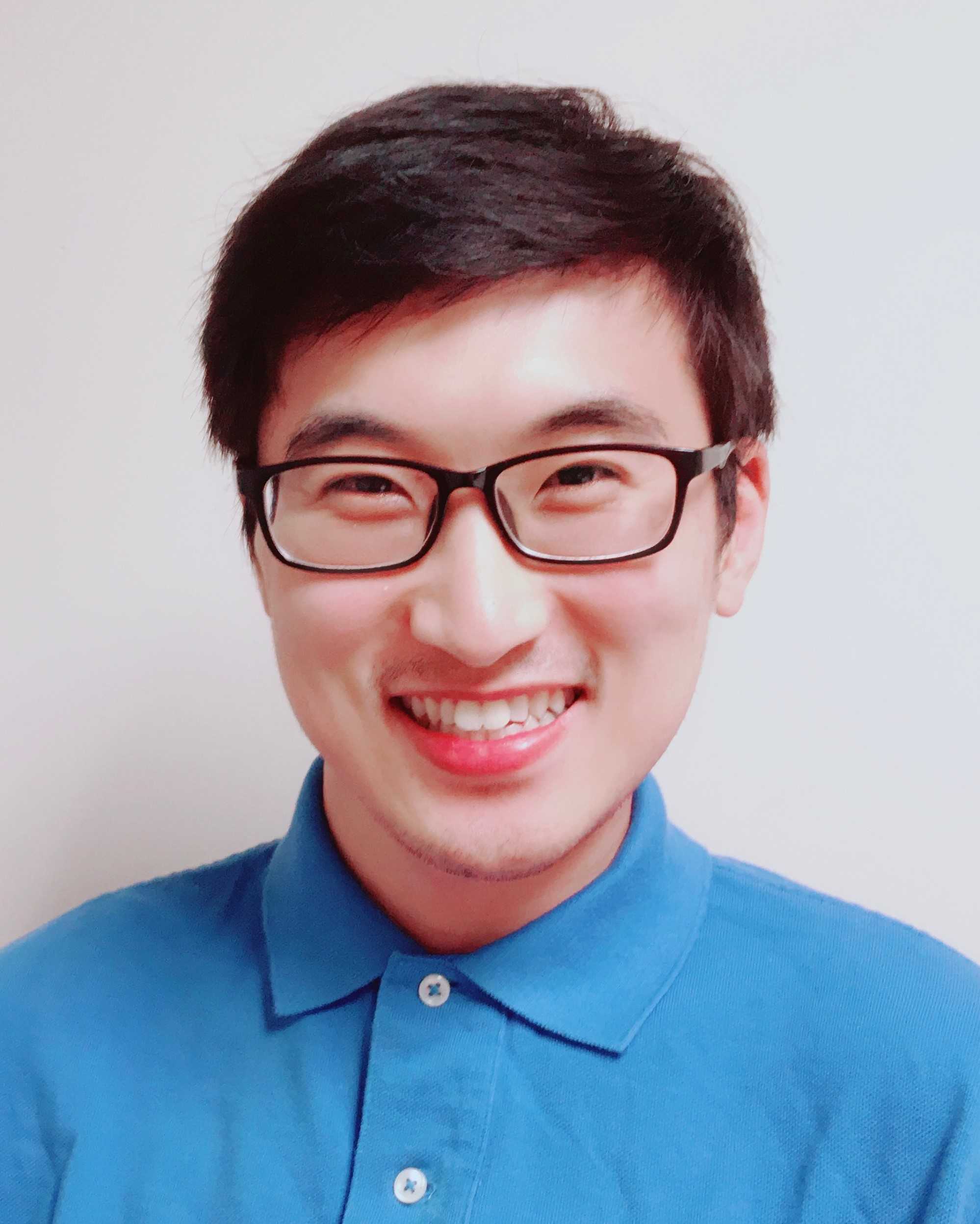
I'm Yaofeng "Desmond" Zhong, a founding research scientist at Breakpoint AI. Previous, I was a research scientist in the physics-informed AI research group at Siemens Technology. I'm broadly interested in computer vision and scientific machine learning. In particular, my research interest lies in the intersection of deep learning, dynamical systems and control. I've been working on incorporating physics domain knowledge into machine learning as well as differentiable simulation for optimal control. I also make relevant research code public since I believe the research community thrives through open-source. At Siemens, I've contributed to the research and development of SIMATIC Robot Pick AI, an AI-based computer vision software that enables robots for intelligent bin picking.
I received my Ph.D. from Princeton University, advised by Prof. Naomi Leonard. My dissertation investigates cascade dynamics, decision making and physics-constrained machine learning. While at Princeton, I co-initiated the Robotics Reading Group. Prior to Princeton, I received my B.Eng. from Tsinghua University. My undergraduate thesis is on adaptive remeshing in finite element method, supervised by Prof. Hongzhi Zhong. While at Tsinghua, I led a team to participate in COMAP's international Mathematical Contest in Modeling (MCM) and my team was designated as Outstanding Winner.